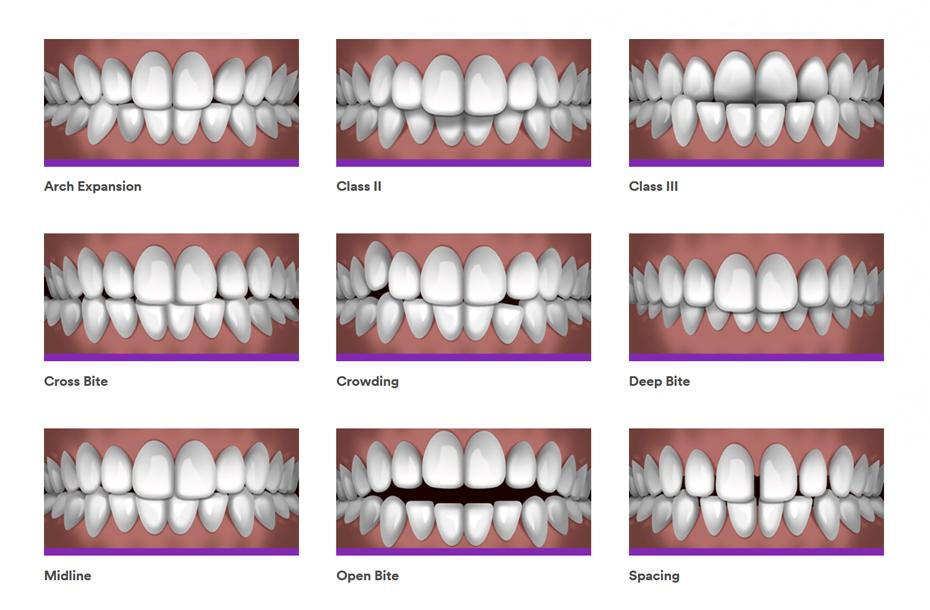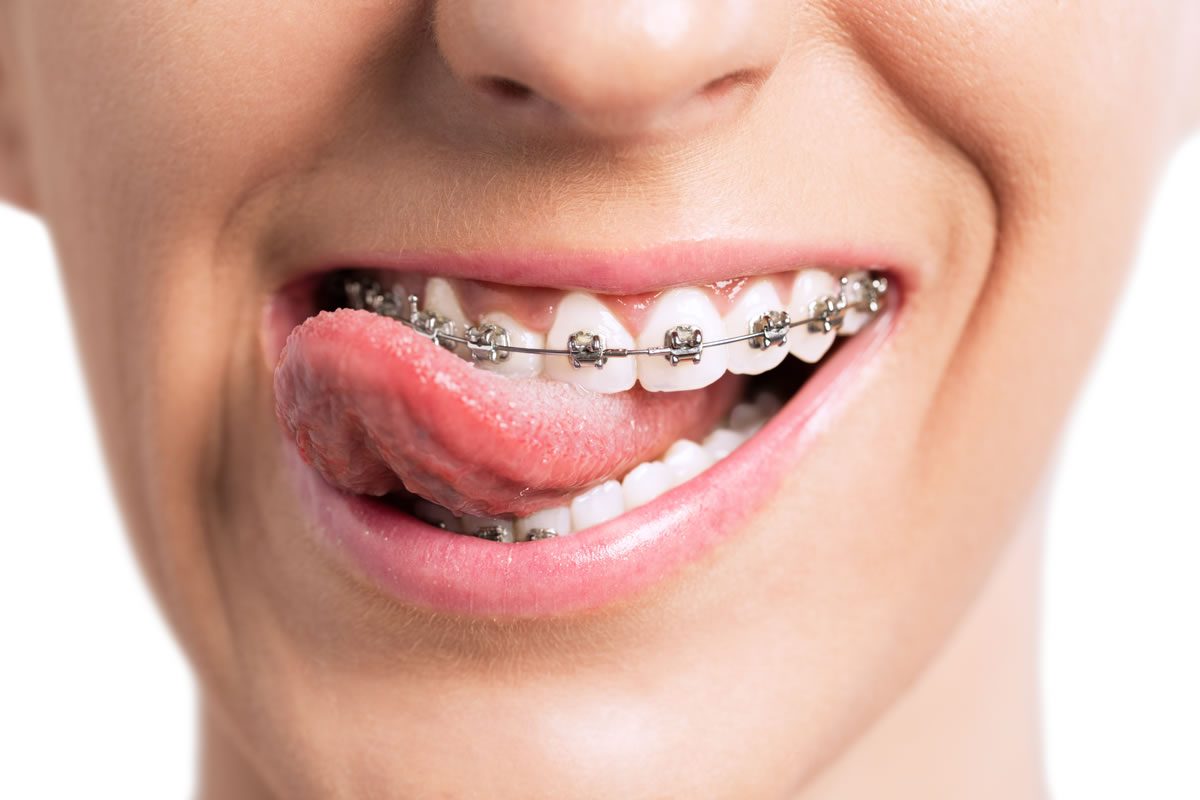The Best Strategy To Use For Causey Orthodontics
Table of ContentsNot known Details About Causey Orthodontics Facts About Causey Orthodontics UncoveredSome Known Facts About Causey Orthodontics.Not known Facts About Causey Orthodontics6 Simple Techniques For Causey Orthodontics
Overlooking occlusal partnerships, it was common to remove teeth for a selection of oral issues, such as malalignment or congestion. The idea of an undamaged teeth was not widely valued in those days, making bite correlations appear irrelevant. In the late 1800s, the principle of occlusion was necessary for creating dependable prosthetic replacement teeth.As these principles of prosthetic occlusion advanced, it became an indispensable device for dentistry. It remained in 1890 that the work and effect of Dr. Edwards H. Angle started to be felt, with his contribution to contemporary orthodontics particularly notable. Focused on prosthodontics, he educated in Pennsylvania and Minnesota before directing his focus towards dental occlusion and the therapies required to maintain it as a normal problem, hence ending up being known as the "dad of modern orthodontics".

The concept of perfect occlusion, as postulated by Angle and incorporated right into a category system, allowed a shift towards dealing with malocclusion, which is any kind of inconsistency from regular occlusion. Having a full set of teeth on both arcs was extremely searched for in orthodontic therapy due to the need for specific connections in between them.
What Does Causey Orthodontics Do?
As occlusion came to be the key concern, face proportions and aesthetic appeals were disregarded - orthodontist expert. To attain suitable occlusals without utilizing outside forces, Angle postulated that having best occlusion was the best way to gain optimum facial looks. With the death of time, it ended up being fairly noticeable that even an extraordinary occlusion was not ideal when considered from an aesthetic point of view
Charles Tweed in America and Raymond Begg in Australia (who both examined under Angle) re-introduced dentistry extraction right into orthodontics during the 1940s and 1950s so they could improve face esthetics while also guaranteeing far better security worrying occlusal connections. In the postwar duration, cephalometric radiography begun to be made use of by orthodontists for determining changes in tooth and jaw position caused by development and treatment. It ended up being noticeable that orthodontic therapy could readjust mandibular growth, leading to the development of practical jaw orthopedics in Europe and extraoral pressure measures in the United States. These days, both useful devices and extraoral gadgets are applied around the world with the goal of changing growth patterns and kinds. As a result, pursuing true, or at least enhanced, jaw connections had actually ended up being the primary objective of treatment by the mid-20th century.
The Facts About Causey Orthodontics Uncovered
 The American Journal of Orthodontics was created for this objective in 1915; before it, there were no clinical goals to follow, neither any accurate classification system and brackets that did not have functions. Until the mid-1970s, dental braces were made by covering metal around each tooth. With developments in adhesives, it ended up being feasible to instead bond steel brackets to the teeth.
The American Journal of Orthodontics was created for this objective in 1915; before it, there were no clinical goals to follow, neither any accurate classification system and brackets that did not have functions. Until the mid-1970s, dental braces were made by covering metal around each tooth. With developments in adhesives, it ended up being feasible to instead bond steel brackets to the teeth.Andrews gave an informative interpretation of the optimal occlusion in long-term teeth. This has actually had meaningful effects on orthodontic therapies that are carried out consistently, and these are: 1. Proper interarchal partnerships 2. Correct crown angulation (suggestion) 3. Right crown disposition (torque) 4. No turnings 5. Limited call points 6. Flat Contour of Spee (0.02.5 mm), and based upon these concepts, he uncovered a therapy system called the straight-wire device system, or the pre-adjusted edgewise system.
The benefit of the layout hinges on its bracket and archwire combination, which calls for just very little cable flexing from the orthodontist or clinician (orthodontist expert). It's appropriately called after this feature: the angle of the port and thickness of the brace base ultimately determine where each tooth is located with little demand for added manipulation
The Greatest Guide To Causey Orthodontics
Both of these systems employed the same braces for each tooth and required the flexing of an archwire in 3 airplanes for locating teeth in their wanted positions, with these bends determining supreme positionings. When it concerns orthodontic devices, they are divided right into two kinds: removable and repaired. Detachable home appliances can be tackled and off by the client as needed.

Therefore, nearly all contemporary fixed appliances can be thought about variants on this edgewise device system. Early 20th-century orthodontist Edward Angle made a significant payment to the globe of dentistry. He created 4 distinct device systems that have actually been utilized as the basis for many orthodontic treatments today, barring a few exemptions.
Causey Orthodontics Can Be Fun For Everyone

The cable ended in a thread, and to move it onward, a flexible nut was made use of, which enabled a rise in circumference. By ligation, each private tooth was connected to this expansive archwire (orthodontist near me). Because of its limited series of activity, Angle was incapable to achieve precise tooth positioning with an E-arch
These tubes held a firm pin, which could be repositioned at each consultation in order to move them in location. Called the "bone-growing appliance", this gizmo was theorized to motivate much healthier bone growth due to its possibility for transferring force directly to the origins. Applying it showed frustrating in reality.